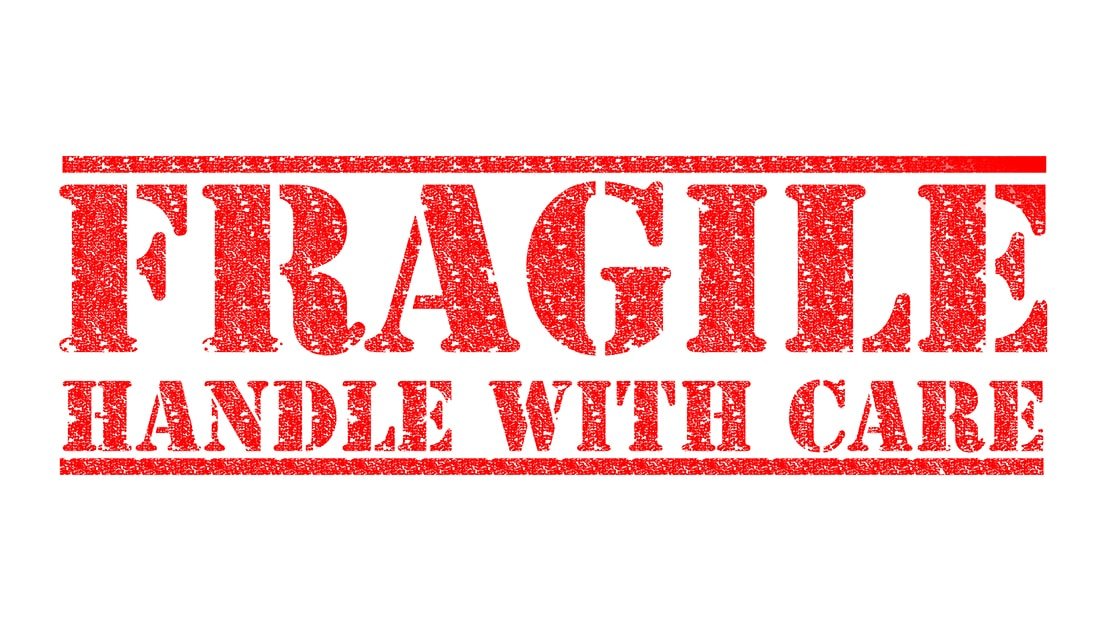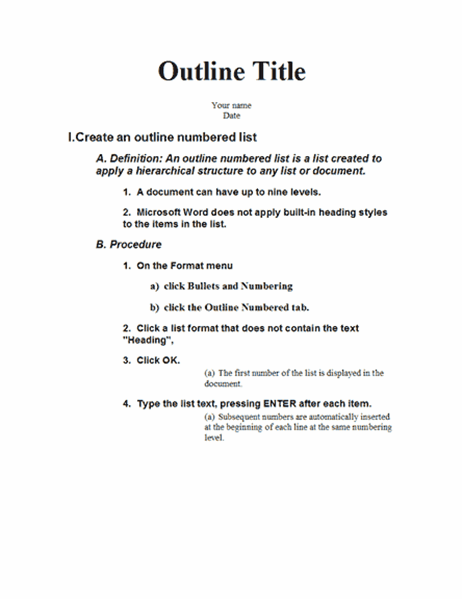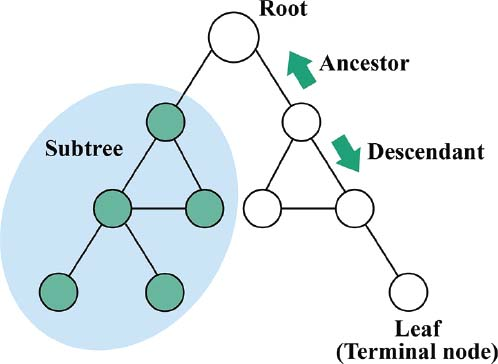
1/11 Spaced Repetition (SR) is amazing for learning. With it, I learned 2nd language. I wish I had this article by @andy_matuschak when I started. His article: [How to write good prompts: using spaced repetition to create understanding](andymatuschak.org/prompts/) #roam
2/11 Advice from real world experience. I admit, earlier I would have been too stubborn to listen. I am ready now & advice came just in time. Thanks Andy! We may not be friends in real life, but I hope to be twitter pals when you start to use @roamresearch (It's going to happen)
3/11 Let me share some of my highlights and personal takeaways. PLUS: please share your advice with me of lessons learned from your own experience with SR.
So Andy's article is a long read, but well worth it. I recommend reading it a few times spaced over time.
So Andy's article is a long read, but well worth it. I recommend reading it a few times spaced over time.
4/11 Gem 1: spaced repetition systems make memory a choice. With a few retrievals strategically spaced over time, you can effectively halt forgetting.
You are worth it, invest in yourself with SR.
Time is an important dimension in learning.
You are worth it, invest in yourself with SR.
Time is an important dimension in learning.
5/11 Gem 2: SR systems work only as well as the prompts you give them.
"Writing good prompts feels similar to translating written text. When translating prose into another language, ask: which words, when read, would light a similar set of bulbs in readers’ minds."
"Writing good prompts feels similar to translating written text. When translating prose into another language, ask: which words, when read, would light a similar set of bulbs in readers’ minds."
6/11 Gem 3: Retrieval practice prompts should be focused, precise, produce consistent answers, lighting the same bulb with each review.
Retrieval practice should be effortful: work should be done to "retrieve" from memory. Prompts should not trivially infer the answer.
Retrieval practice should be effortful: work should be done to "retrieve" from memory. Prompts should not trivially infer the answer.
7/11 Gem 4: Prompt-writing involves long feedback loops.
It’s important to write prompts incrementally over time, it’s also important to revise prompts incrementally over time, as you notice problems and opportunities.
No cookie cutters, or downloading the 1000 review cards.
It’s important to write prompts incrementally over time, it’s also important to revise prompts incrementally over time, as you notice problems and opportunities.
No cookie cutters, or downloading the 1000 review cards.
8/11 Gem 5: If you find yourself reviewing something you don’t care about anymore, you should act. Revise!!
to quote gospel "But most of the time the correct way to revise such prompts is to delete them."
Deleting is not the enemy. bit.ly/2PeZUYu
to quote gospel "But most of the time the correct way to revise such prompts is to delete them."
Deleting is not the enemy. bit.ly/2PeZUYu
9/11 Gem 6: (in my own words) Break things down... not to small, not to big.
To quote the Big A: "When you write coarser prompts in smaller quantity, you’re not reducing the amount you have to learn. You’re just making the material harder to review."
To quote the Big A: "When you write coarser prompts in smaller quantity, you’re not reducing the amount you have to learn. You’re just making the material harder to review."
10/11 Gem 7: Reviewing via SR is an ongoing process & we are making connections.
"it’s important to densely connect new ideas to old ones, as we did in the conceptual knowledge section: roughly speaking, more connections means more opportunities to trigger new knowledge"
"it’s important to densely connect new ideas to old ones, as we did in the conceptual knowledge section: roughly speaking, more connections means more opportunities to trigger new knowledge"
11/11 In summary, Spaced Repetition should be a part of your learning arsenal. It's not just about memorizing, but connecting ideas through time to form new knowledge.
Do it Roam with Delta: see bit.ly/3c6Lgvy from @cortexfutura
Or @adam_krivka roam/sr extension.
Do it Roam with Delta: see bit.ly/3c6Lgvy from @cortexfutura
Or @adam_krivka roam/sr extension.
• • •
Missing some Tweet in this thread? You can try to
force a refresh










